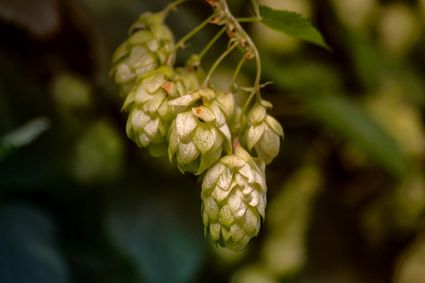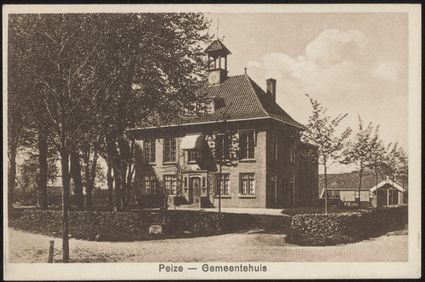Recreatief
45 km
The Lakes and Meadows Route takes you past the lakes Paterswoldsemeer and Leekstermeer. The area between these lakes is called De Onlanden. The area has been structured as a nature reserve and water storage. Old rivers and hollows have been restored to their former glory. Swamp forests and wet grasslands develop here as a result of the area’s partial submerging in winter. A true paradise for river-bank and swam flora, as well as swamp birds.
Kop van Drenthe is spacious and water-rich. Swamps stretch out as far as the eye can see. But there are also authentic brinkdorpen (a brink- or esdorp is a type of village in the Netherlands, often originating in medieval times, bordering on an area of sandy soil) and bustling areas with plenty of leisure options.
Leekstermee…
The Lakes and Meadows Route takes you past the lakes Paterswoldsemeer and Leekstermeer. The area between these lakes is called De Onlanden. The area has been structured as a nature reserve and water storage. Old rivers and hollows have been restored to their former glory. Swamp forests and wet grasslands develop here as a result of the area’s partial submerging in winter. A true paradise for river-bank and swam flora, as well as swamp birds.
Kop van Drenthe is spacious and water-rich. Swamps stretch out as far as the eye can see. But there are also authentic brinkdorpen (a brink- or esdorp is a type of village in the Netherlands, often originating in medieval times, bordering on an area of sandy soil) and bustling areas with plenty of leisure options.
Leekstermeer is Drenthe’s largest lake. Its broad reed belts are home to many water birds—among them, shy types such as the Eurasian bittern. Surrounding Leekstermeer is a charming and varied bocage landscape—perfect for long bicycle rides or walks.
This route goes right by the city park of bustling student city, Groningen. If you have time, visiting the authentic fish market, Grote Markt and the Groninger Museum is an absolute must. Groningen is a lovely city to spend a few hours in.
With a total length of 39 kilometres, this route takes you past many of highlights that shaped the province of Drenthe.
The route starts in Peize (intersection 35). There is plenty of parking space nearby the departure point.
This route can be shortened at the following cycling intersections: 02, 11, 39, 17, 12 and 09.
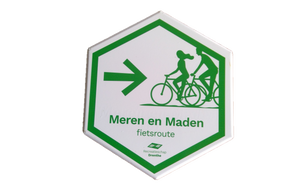

9321 Peize
Navigate to starting point


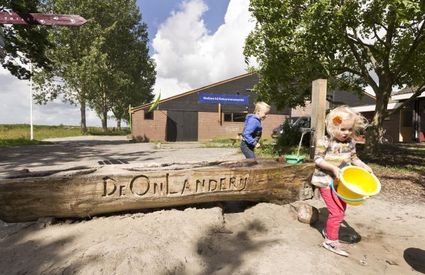

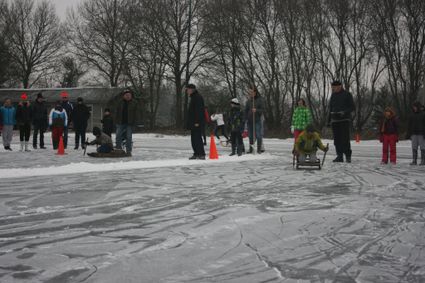
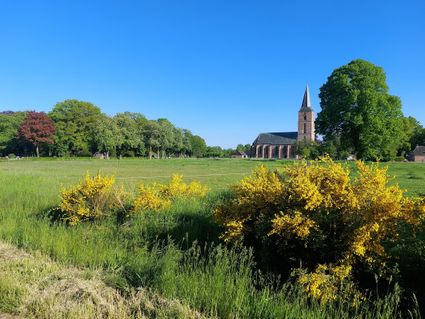
The Woldzigt mill in Roderwolde functions both as an oil and a grain mill. The mill houses a grain museum and a mill shop. The shop sells various kinds of flour and linseed oil products. It is beautifully positioned by the water’s edge. Every Saturday


